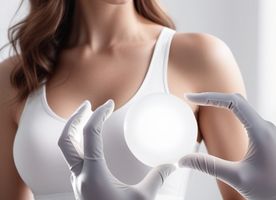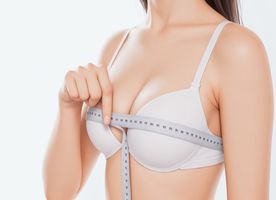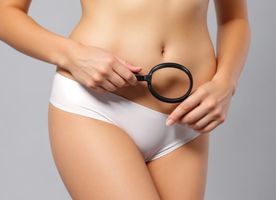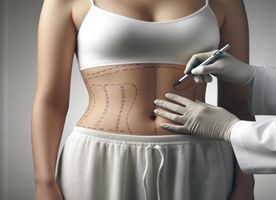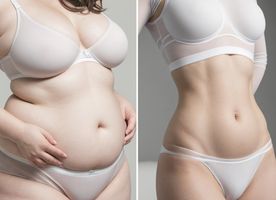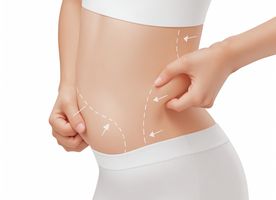Mommy Makeover in South Korea
Search and Compare the Best Clinics and Doctors at the Lowest Prices for Mommy Makeover in South Korea
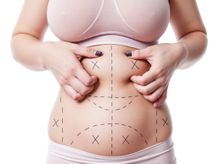





Mommy Makeover at Wonjin Plastic in Seoul, South Korea





Mommy Makeover at Grand Plastic Surgery in Seoul, South Korea
Our partner clinics in are accredited by the following associations



































































































































Compare Before & After Photos of Mommy Makeover
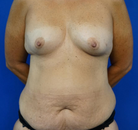
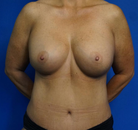
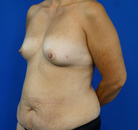
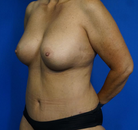
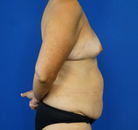
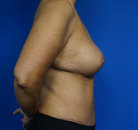
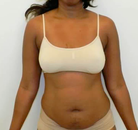
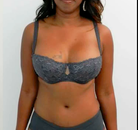
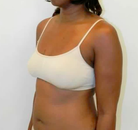

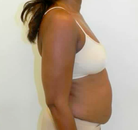
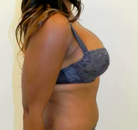
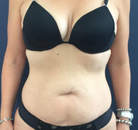
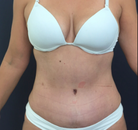
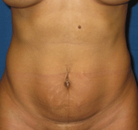
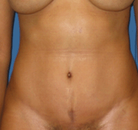
No Time?
Tell us what you're looking for and we'll reach out to the top clinics all at once
WHY US?



















































































































































No Time?
Tell us what you're looking for and we'll reach out to the top clinics all at once
What does a Mommy Makeover Procedure Involve?
A mommy makeover is highly individualized. You can choose the combination of the procedures depending on what you want to achieve. Basically, a mommy makeover may consist of two types of cosmetic procedures: surgical and nonsurgical.
Most mommy makeover patients have one or more surgical procedures. During surgical procedures, you will be given either intravenous sedation or general anesthetic, so you will not feel anything. The types of surgical procedures that could be a part of your mommy makeover would include:
- Breast augmentation and breast lift – pregnancy and breastfeeding can cause your breasts to sag and become flatter than they used to be. With breast augmentation and breast lift, you can have the youthful and perky contour of your breasts back.
- Liposuction – liposuction can remove persistent fat deposits developed during pregnancy that cannot be eliminated through diet.
- Tummy tuck – this surgery removes excess skin and fat from your abdomen, creating a flat and well-toned abdomen.
You may also choose to have an arm lift, butt lift, and vaginal rejuvenation as part of your mommy makeover. Many women also choose to include nonsurgical treatments, such as Botox injection, filler injection, and cellulite reduction.
For safety reasons, a mommy makeover can be performed on one single operation or spread out over multiple sessions, depending on the number of surgery included.
How Long Should I Stay in South Korea for a Mommy Makeover Procedure?
The duration of your presence in South Korea for a Mommy Makeover can widely vary based on several considerations, such as the type and quantity of procedures carried out, your body's post-surgery healing rate and your entire recovery timeline. It's generally recommended for patients to set aside between one to two weeks. This allotment ensures sufficient time for the initial postoperative recovery and timely management of any arising complications. Beyond immediate recovery, it's likely that your medical expert will propose a sequence of checkups to monitor the progress of your recuperation and address any possible issues.
What's the Recovery Time for Mommy Makeover Procedures in South Korea?
The healing period following a Mommy Makeover is subject to change based on the individual's health, fitness status, and the exact surgeries performed. You should be able to return to some of your normal activities and work within 2-3 weeks. Generally, patients can expect a healing period that spans a 2 to 3 months. It's paramount to know that adequate rest and post-operative care significantly impact the duration of the healing process and the final result.
In the early phase of recovery, patients often experience discomfort, tenderness, and inflammation, which can be mitigated with doctor-recommended medications. Gradually, patients can reintroduce physical activities under their doctor's supervision. Despite potentially feeling improved and returning to day-to-day activities within a few weeks, the body requires a couple of months to completely recuperate and reveal the final effects of the Mommy Makeover.
What sort of Aftercare is Required for Mommy Makeover Procedures in South Korea?
Following your mommy makeover, you will be given specific post-operative instructions. The instructions may include how to care for your surgical site(s), specific concerns to be aware of, and medications to take. It is important that you follow the instructions carefully to avoid complications and to optimize the results. Be sure to give yourself plenty of time to recover and you will get to spend quality time with your children during your recovery period.
In order to maintain the results, you should follow a healthy diet plan and exercise regularly. Routine mild physical activities, as recommended by your surgical specialist, aid in enhancing circulation and accelerating healing. It is crucial to have consistent check-up visits with your health service provider to track improvements and discuss possible issues.
What's the Success Rate of Mommy Makeover Procedures in South Korea?
A mommy makeover is a safe and effective procedure to restore a woman’s pre-pregnancy body. This procedure generally yields affirmative outcomes and seldom leads to complications. Numerous patients express gratification concerning the procedure's outcome, illustrating a significant enhancement in their bodily outlook and, hence, boosting their self-assuredness and self-worth. This contentment arises from the evolution in surgical tactics, the intricate proficiency of seasoned surgeons, and the tailor-made care and consideration patients obtain throughout the entire surgical procedure. This all-encompassing perspective of this treatment addresses assorted portions of the body at once, providing an overarching metamorphosis, which significantly adds to the procedure’s elevated success rate.
Note that for some types of surgical procedures, the final results may not be apparent for several months after surgery.
Are there Alternatives to Mommy Makeover Procedures in South Korea?
If you do not like the idea of undergoing surgical procedures, or you are not an ideal candidate for a mommy makeover, you can always consider other available options. The following are some alternatives you can consider:
- Laser treatment – this treatment can lighten your stretch marks by applying a laser to your skin. As a result, your skin will look young and healthy.
- Diet – consult with a nutritionist on the best diet plan you should follow. A nutritionist may be able to create a personalized healthy diet plan that can help you lose weight.
- Exercise – you can get your body shape back and lose weight by exercising regularly. Exercises can also increase your muscle strength. To get the best possible results from exercise, you can hire a professional trainer.
This information has been accurately sourced and verified by a medical professional for its accuracy, however, we strongly recommend you to consult with your doctor before pursuing medical procedures overseas.
